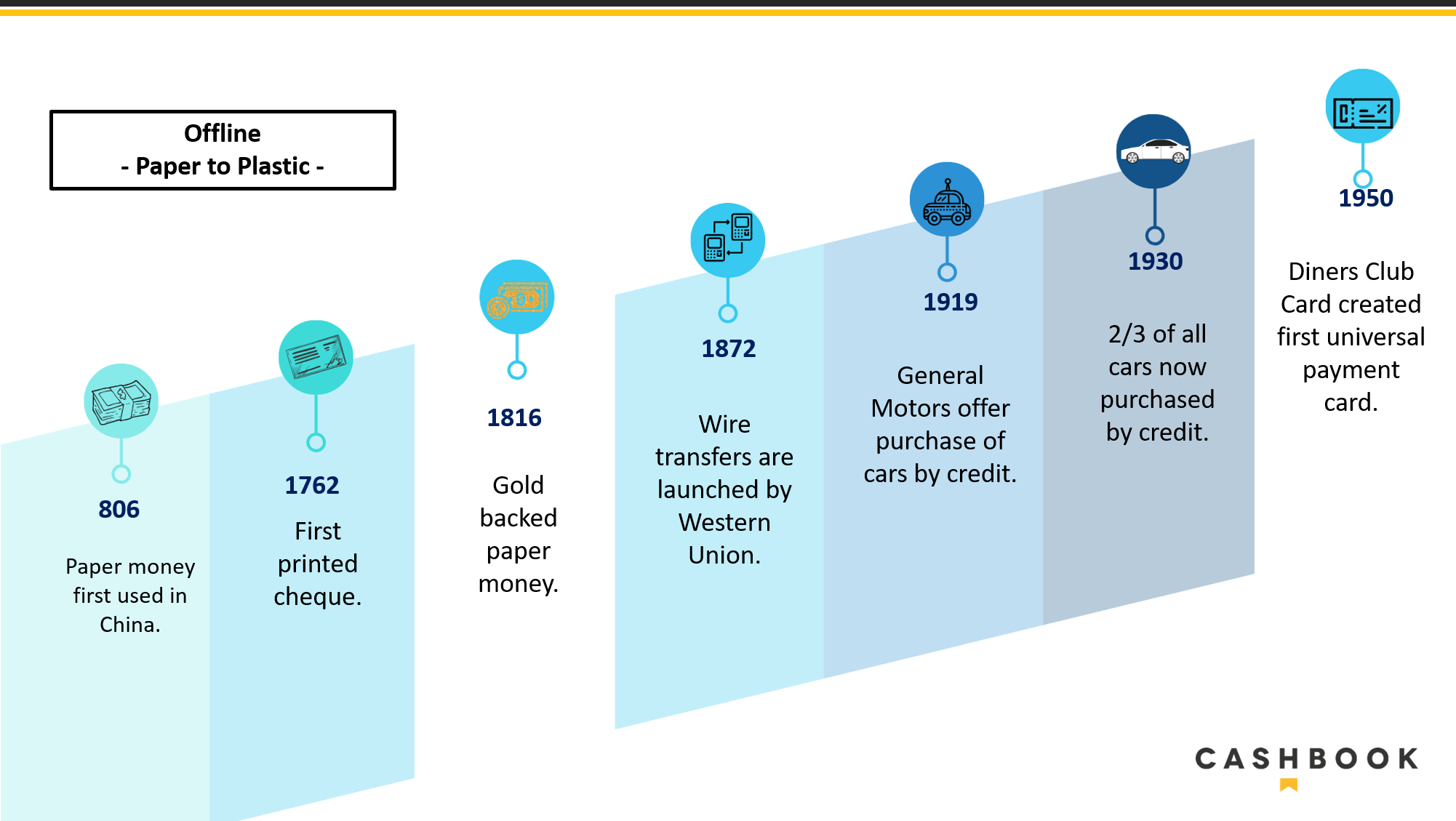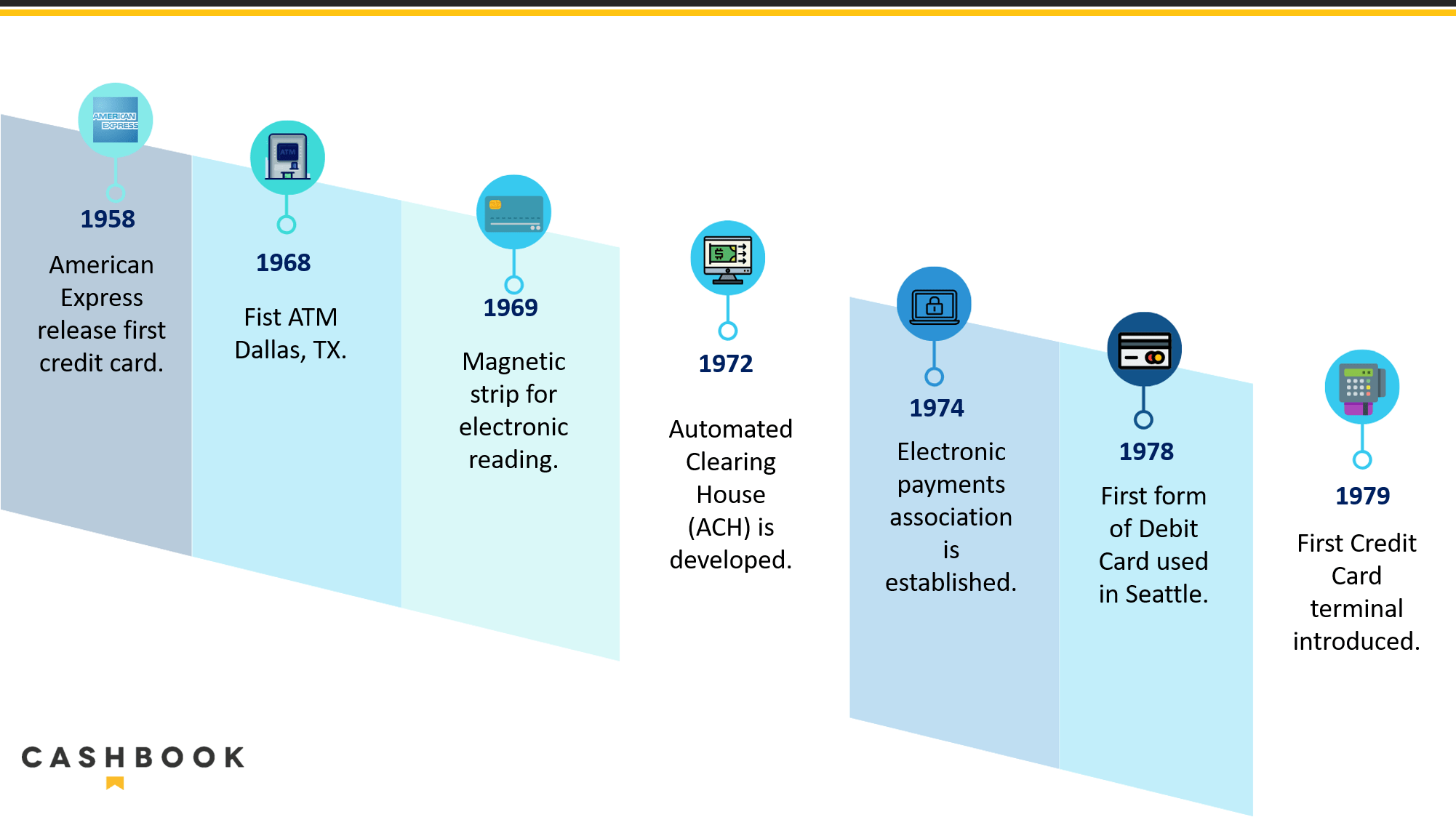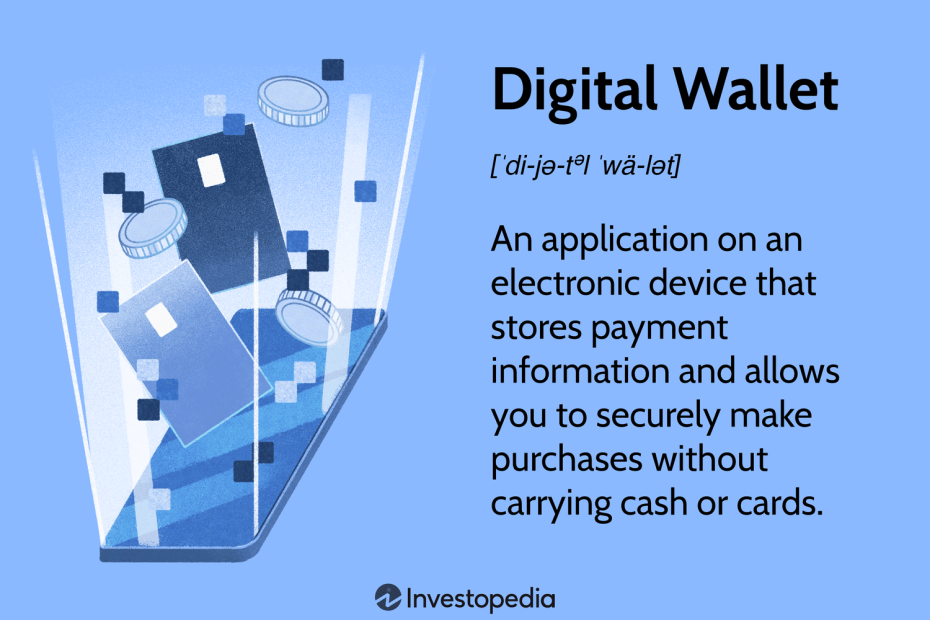Financial transactions are rapidly evolving towards digital and mobile payments. This shift is fueled by convenience and enhanced security features.
The landscape of financial transactions is undergoing a significant transformation, with a marked trend towards digitization and the use of mobile platforms for monetary exchanges. In recent years, the adoption of digital wallets, contactless cards, and mobile payment apps has skyrocketed, driven by consumer demand for faster, more secure, and convenient payment methods.
This evolution reflects a broader digital revolution, reshaping how consumers interact with financial institutions and each other. As e-commerce continues to grow, and technology becomes more integrated into our daily lives, the reliance on physical cash is diminishing. The introduction of innovative technologies like blockchain and the rise of fintech companies are further accelerating this move away from traditional banking practices. This introduction sets the stage for a deeper dive into the current trends and future prospects of digital and mobile payment solutions.

Credit: www.cashbook.com
The Digital Shift In Finance
The financial world is undergoing a rapid transformation. Traditional cash and cheque methods are making way for innovative digital solutions. This shift is reshaping how we think about money, banking, and transactions.
From Physical To Virtual: A Transformation
Years ago, wallets were thick with cash and cards. Today, smartphones are the new wallets. People tap to pay, transfer funds, and manage finances with a few clicks. This change is not just convenient—it is revolutionary.
Physical money is becoming a memory. Bank visits for basic transactions are rare. The virtual space is now where financial activities happen. This includes shopping, investing, and even borrowing.
Key Drivers Of The Digital Revolution
- Technology: Smartphones and the internet are everywhere. They make digital payments possible anytime, anywhere.
- Security: Digital payments are secure. They use encryption and other technologies to protect money.
- Convenience: No need to carry cash or wait in lines. Digital payments are fast and easy.
- Cost: Going digital cuts costs. It saves on printing money and managing physical transactions.
- Innovation: New apps and services are popping up. They offer unique ways to handle money.
These drivers are pushing society toward a cashless future. It’s a future where finance is more accessible and efficient for everyone.
Emerging Technologies Redefining Transactions
Emerging technologies are transforming how we think about and handle financial transactions. A shift towards digital and mobile payments is underway. This change is driven by innovations that promise increased security, speed, and convenience. Let’s explore some of these groundbreaking technologies.
Blockchain And Cryptocurrencies
Blockchain technology offers a secure way to record transactions. It is the backbone of cryptocurrencies like Bitcoin. With blockchain, every transaction is added to a permanent ledger. This process is transparent and hard to hack.
- Decentralization: No single entity controls the blockchain. This spreads out the risk.
- Security: Blockchain uses advanced cryptography, making it secure against fraud.
- Accessibility: People everywhere can use cryptocurrencies. A phone or computer is all they need.
The Rise Of Mobile Payments
Mobile payments are becoming the norm. Services like Apple Pay and Google Wallet make buying things easy. Just tap your phone and you’re done.
| Feature | Benefit |
|---|---|
| Convenience | Pay anywhere, anytime |
| Speed | Transactions are quick |
| Integration | Works with many apps |
These technologies are just the start. They are making payments faster and safer. Expect to see more changes as they continue to develop.
Impact On Consumers And Businesses
The financial landscape is evolving rapidly. Digital and mobile payments are transforming how consumers shop and how businesses operate. This shift has significant implications for both parties, influencing convenience, security, and economic activities.
Enhanced User Experience
Consumers now enjoy simpler and faster transactions. Mobile wallets and contactless payments reduce the need for physical cards. This leads to shorter checkout times and a seamless online shopping experience.
- Quick payment processing
- Reduced need for cash or checks
- Secure transactions with encryption
New Business Models And Revenue Streams
Businesses embrace digital payments to stay ahead. They tap into new markets and create innovative services. Subscription models and in-app purchases open fresh revenue channels.
| Model | Benefits |
|---|---|
| Subscriptions | Steady income, customer retention |
| Freemium | Free usage, premium features |
| Pay-per-use | Flexibility, scalability |

Credit: www.cashbook.com
Security Concerns And Solutions
The rapid shift to digital and mobile payments brings many benefits. It also raises significant security concerns. Hackers constantly target financial transactions. Users worry about the safety of their data. Financial institutions and tech companies work hard to address these issues. They aim to keep customers’ trust and ensure the integrity of the financial system.
Cybersecurity Threats In A Digital Age
Financial transactions face various digital threats. The common ones include:
- Phishing attacks: Scammers trick users into giving sensitive information.
- Ransomware: Malicious software blocks access to a user’s data until a ransom is paid.
- Identity theft: Hackers steal personal details to commit fraud.
Businesses and consumers must stay vigilant. They should use the latest security measures to protect their data.
Innovative Approaches To Protecting Data
Innovations help combat security threats. Here are some solutions:
| Technology | Description |
|---|---|
| Encryption | Scrambles data to prevent unauthorized access |
| Tokenization | Replaces sensitive data with unique symbols |
| Biometric authentication | Uses fingerprints or facial recognition for user verification |
Two-factor authentication (2FA) adds an extra layer of security. Users must provide two different types of information to access their accounts. This method greatly reduces the risk of unauthorized access.
Regulatory Responses To Digital Transactions
Regulatory Responses to Digital Transactions play a crucial role in the evolving financial ecosystem. As money moves with a tap on a screen, governments and financial authorities worldwide are stepping up to ensure security, fairness, and transparency. This section delves into how regulations are adapting and what global compliance issues need attention.
Adapting To A Changing Landscape
The shift to digital and mobile payments has transformed the way we think about money. Regulators must keep pace with these changes. They work hard to protect consumers and maintain market integrity. They focus on anti-money laundering (AML) laws and know your customer (KYC) policies.
Consumer protection is also a top priority. New rules ensure users feel safe when making digital transactions. Cybersecurity measures are now stricter to guard against fraud and hacking.
Global Standards And Compliance Issues
With digital transactions going global, a set of standards is essential. These standards help prevent financial crimes. They also make cross-border payments smoother.
- Financial Action Task Force (FATF) guidelines play a key role.
- Compliance with General Data Protection Regulation (GDPR) is a must for privacy.
- Regulations like Payment Services Directive (PSD2) in the EU enhance competition.
Monitoring transactions is vital to spot suspicious activities. Authorities use advanced technology to keep an eye on digital payments.
| Region | Main Regulatory Body | Key Regulations |
|---|---|---|
| USA | SEC, CFTC, FinCEN | Dodd-Frank, Payment Card Industry (PCI) standards |
| EU | European Central Bank | GDPR, PSD2, AMLD5 |
| Asia | Varies by country | APRA, MAS, HKMA regulations |
Each region has its approach but the goal is the same: safe and efficient digital transactions.
:max_bytes(150000):strip_icc()/payment.asp-Final-25aad0eedda34c9db463c665991c6323.jpg)
Credit: www.investopedia.com
The Role Of Artificial Intelligence
The Role of Artificial Intelligence is transforming how we manage and interact with money. AI technology enhances digital and mobile payment systems. It makes them smarter and more secure. Let’s explore how AI is shaping the future of financial transactions.
Ai In Fraud Detection And Risk Management
Financial institutions now rely on AI to detect fraudulent activities. AI algorithms can analyze millions of transactions in seconds. They spot patterns that humans might miss. This speed and accuracy are critical in protecting customer’s money.
- Real-time transaction monitoring: AI systems watch all transactions as they happen. They look for unusual behavior that could mean fraud.
- Pattern recognition: AI learns what normal activity looks like. It alerts the bank when something seems off.
- Predictive analytics: AI predicts future risks by studying past fraud cases. Banks use this info to prevent fraud before it happens.
Personalized Financial Services
AI creates a personal touch in digital finance. It understands your spending habits and financial goals. This helps banks offer you the right services at the right time.
| Service | Description |
|---|---|
| Chatbots | AI chatbots can answer questions instantly, any time of day. |
| Spending analysis | AI breaks down your spending. It shows you where your money goes. |
| Financial advice | Based on your habits, AI suggests how to save or invest money. |
With these tools, AI makes digital payments not just a transaction, but a smart financial assistant.
Challenges In The Transition
The digital landscape is transforming the way we handle financial transactions. This shift is brimming with potential but also rife with challenges. As we move towards a future where digital and mobile payments become the norm, several hurdles must be addressed to ensure a smooth transition.
Digital Divide And Inclusivity
The move to digital payments is not uniform across all populations. Access to technology remains a barrier for many. Rural areas and low-income groups often lack the necessary resources. This creates a digital divide.
Ensuring inclusive access to digital financial services is crucial. Banks, governments, and service providers must work together to reach every individual. They need to provide affordable tools and education to bridge this gap.
Legacy Systems And Resistance To Change
Many organizations still rely on outdated systems for managing financial transactions. These legacy systems are deeply ingrained and often complex to overhaul. Resistance to change is a significant roadblock. It stems from concerns over cost, disruption, and security.
Transitioning requires careful planning and investment. It also needs employee training and customer education. Companies must recognize the long-term benefits of upgrading their systems for a more secure and efficient future.
The Future Of Financial Transactions
The landscape of financial transactions is rapidly evolving. Digital and mobile payments are becoming the norm. This shift marks a significant step towards a cashless future. In this section, we delve into what the coming years may hold for our wallets and payment habits.
Predictions And Emerging Trends
- Mobile wallets gain traction, as more consumers adopt smartphone payments.
- Digital currencies, like cryptocurrencies and CBDCs (Central Bank Digital Currencies), could revolutionize payment systems.
- Biometric authentication aims to secure transactions with fingerprints or facial recognition.
- Contactless payments are expected to surpass card swipes and cash exchanges globally.
- Peer-to-peer payment platforms are set to make splitting bills and sending money easier than ever.
- Artificial Intelligence and Machine Learning are poised to enhance fraud detection and personalized services.
Preparing For A Cashless Society
Businesses and consumers alike must adapt to the incoming wave of digital payments. Here’s how to prepare:
| Stakeholder | Preparation Steps |
|---|---|
| Consumers |
|
| Businesses |
|
With these steps, both individuals and businesses can smoothly transition into a cashless society. The future of financial transactions is bright and brimming with possibilities. Embracing change today will pave the way for a more efficient and secure tomorrow.
Frequently Asked Questions
What Is The Shift To Digital Payments?
The shift to digital payments refers to the move from cash transactions to electronic methods, including credit cards, mobile apps, and online banking.
What Is Digitalization Of Financial Transactions?
Digitalization of financial transactions refers to converting traditional financial activities into digital formats, enabling online and electronic processing of payments and monetary exchanges.
What Is The New Trend In Making Payments In Online?
The latest trend in online payments is the use of digital wallets and contactless payment methods, such as Apple Pay and Google Wallet. These platforms offer quick and secure transactions directly from a user’s device.
What Is A Digital Payment System And Explain The Types Of Digital Payment Systems.?
A digital payment system enables electronic financial transactions. Types include bank cards, mobile wallets, online banking, and contactless payments.
Conclusion
Embracing the digital revolution in financial transactions is no longer optional. As we witness the shift from traditional methods to mobile and digital payments, staying informed and adaptable is crucial. This evolution promises efficiency and convenience, reshaping how we manage money daily.
Let’s navigate this dynamic landscape together, preparing for a future where digital wallets become the norm.
